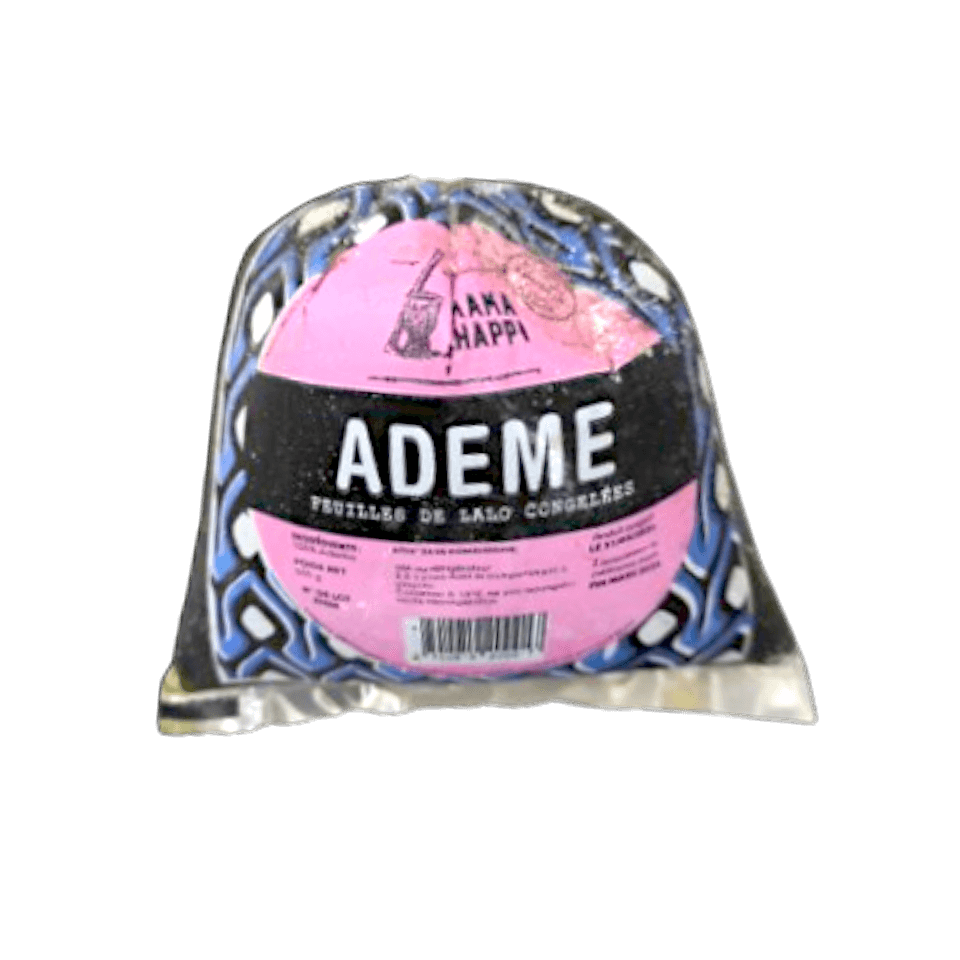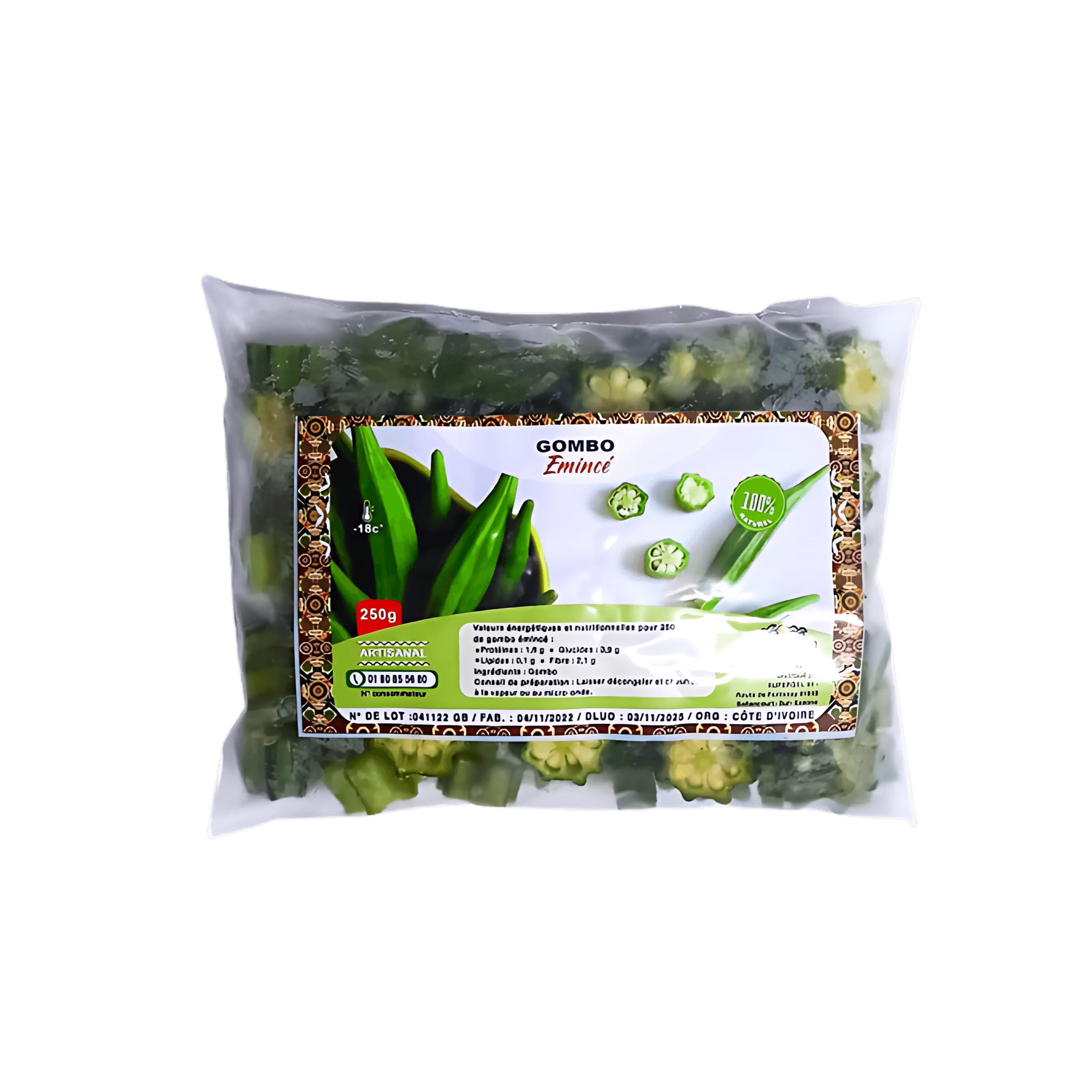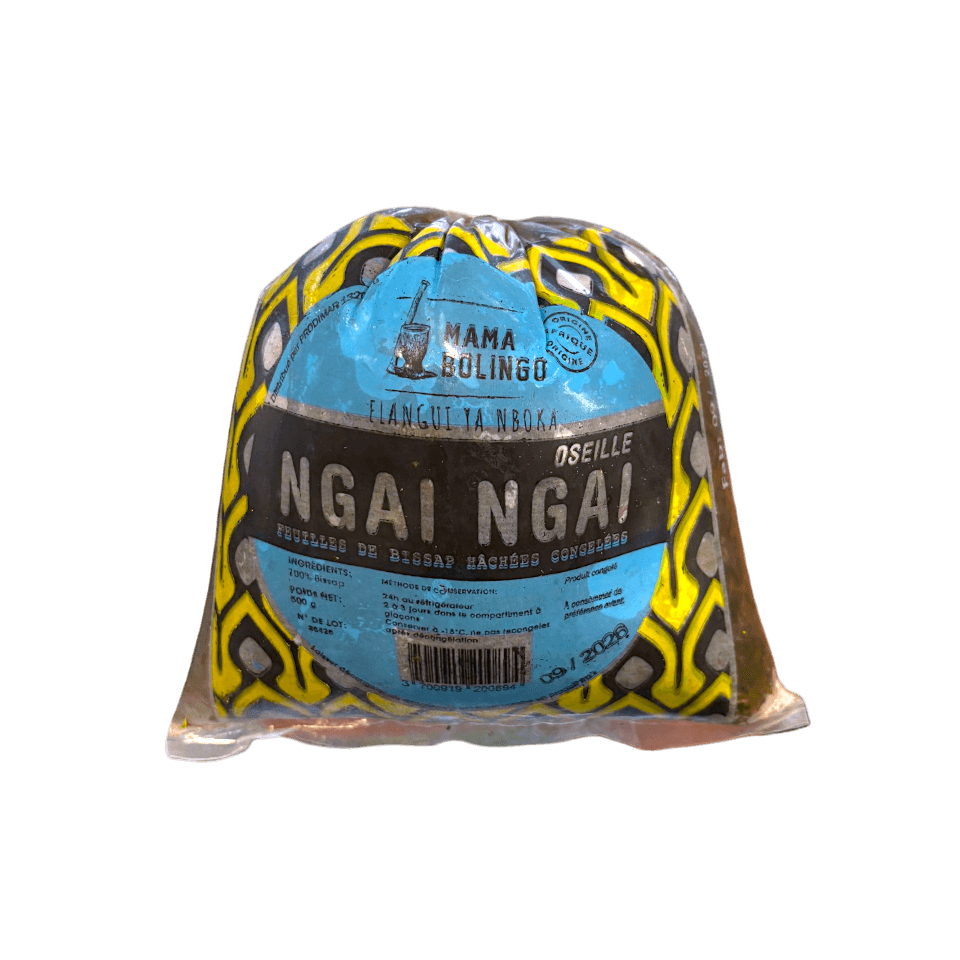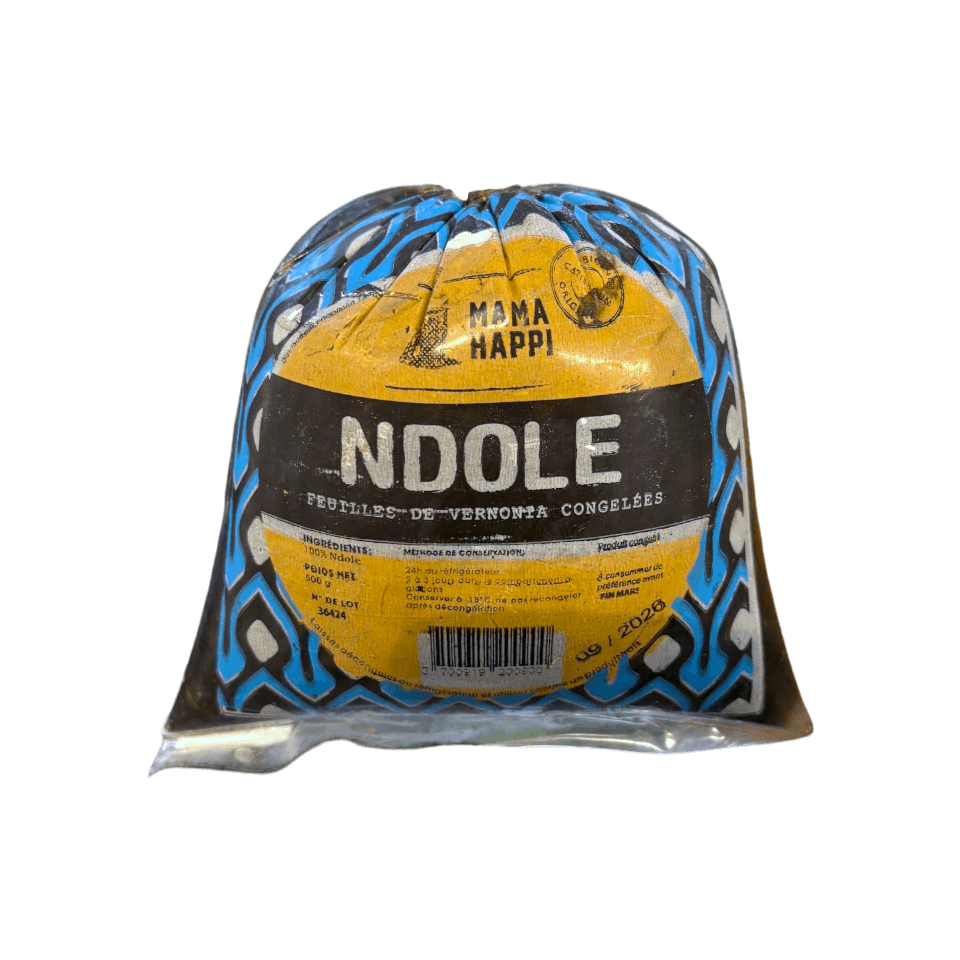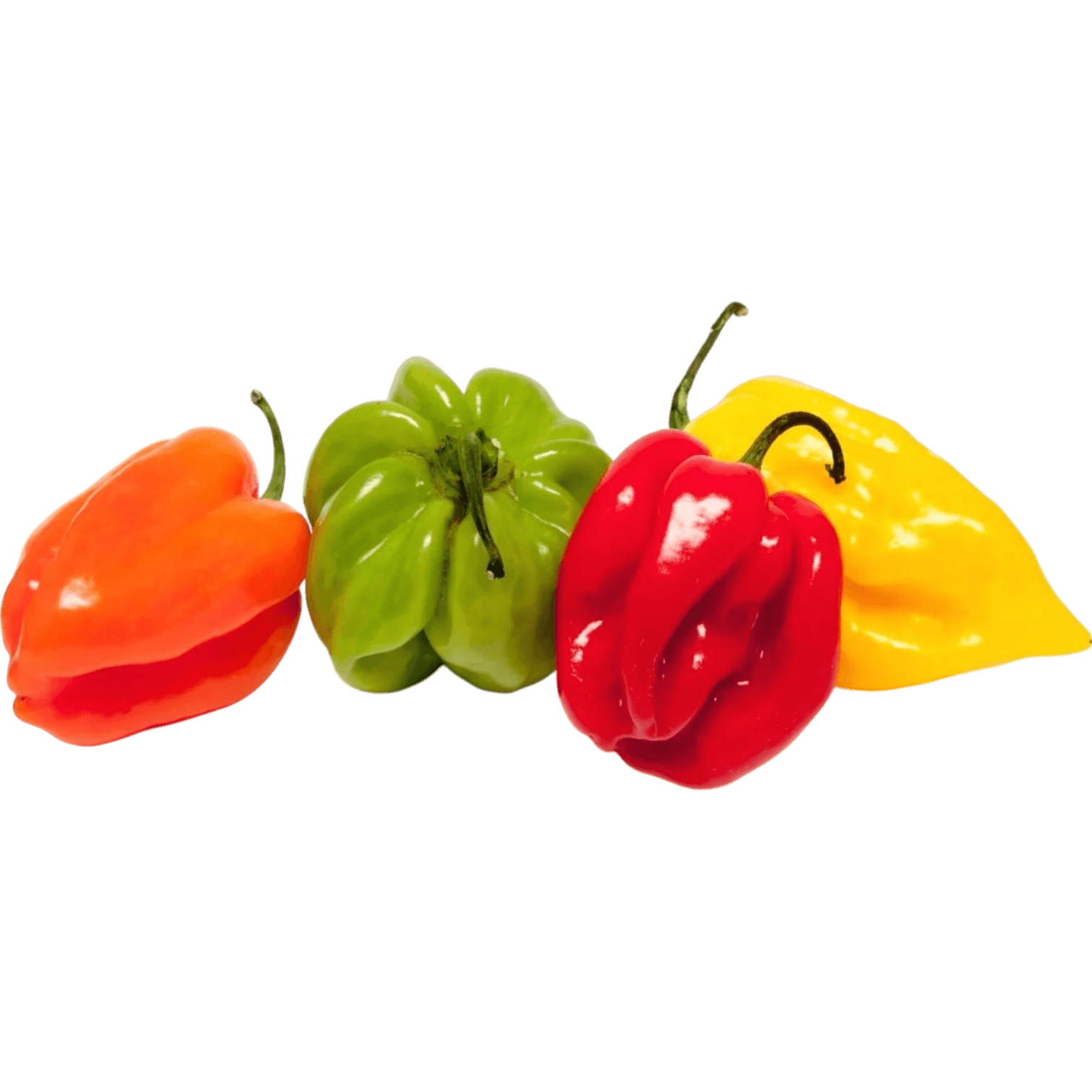Saka Saka, also known as pounded cassava leaves, is an essential ingredient in many traditional cuisines. These finely chopped cassava leaves offer a unique flavor and pleasant texture, ideal for enriching your dishes. Rich in fiber and nutrients, they add an authentic touch to your culinary preparations.
Faq
Q: How to prepare saka saka?
A: It is usually cooked for a long time with palm oil, smoked fish, meat, and other ingredients according to regional recipes.
Q: Is saka saka safe to eat?
A: Yes, as long as it is cooked thoroughly. Raw cassava contains toxic compounds that are eliminated by cooking.
Q: What does saka saka taste like?
A: It has an earthy and slightly bitter taste, which is balanced by the other ingredients in the recipe.
Q: Where can I buy saka saka?
A: It is available in African grocery stores, sometimes frozen or canned.
Q: Does saka saka have other names?
A: Yes, it can be called "pondu" in Lingala, or simply "cassava leaves" in some regions.
Conservation
Ingredients & nutritional information
Cassava leaf with crushed / saka saka
Tax included. Shipping calculated at checkout
- 500g
Tips: Advantageous delivery from 5 kg of frozen products minimum ❄️
Adding product to your cart
Q: How to prepare saka saka?
A: It is usually cooked for a long time with palm oil, smoked fish, meat, and other ingredients according to regional recipes.
Q: Is saka saka safe to eat?
A: Yes, as long as it is cooked thoroughly. Raw cassava contains toxic compounds that are eliminated by cooking.
Q: What does saka saka taste like?
A: It has an earthy and slightly bitter taste, which is balanced by the other ingredients in the recipe.
Q: Where can I buy saka saka?
A: It is available in African grocery stores, sometimes frozen or canned.
Q: Does saka saka have other names?
A: Yes, it can be called "pondu" in Lingala, or simply "cassava leaves" in some regions.
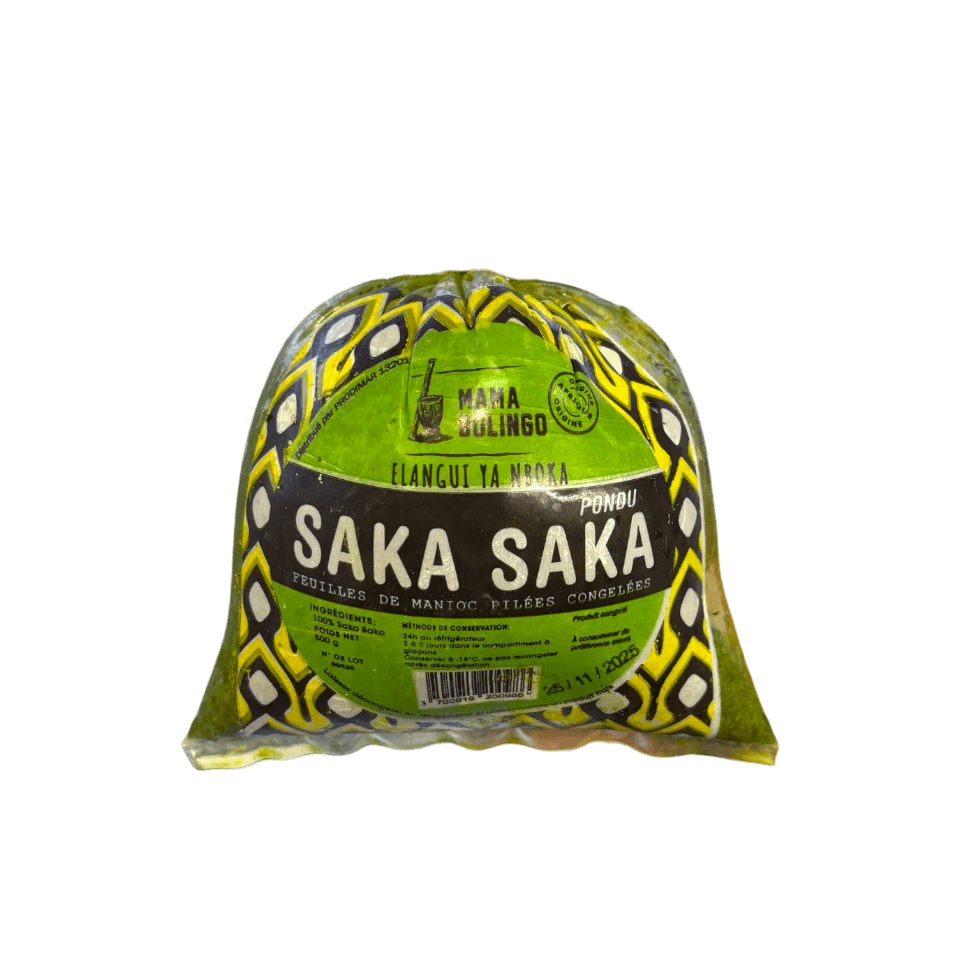
Cassava leaf with crushed / saka saka
Benefit from 5% reduction
Register to get your reduction voucher and be informed about all our news.

